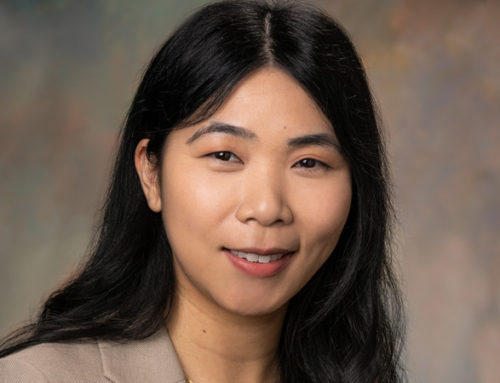By Gina Potthoff, Noozhawk Staff Writer | @ginapotthoff | Published on 02.24.2015 4:54 p.m.
The City of Santa Barbara could begin conducting by-district elections this November, under terms of a tentative court settlement announced Tuesday.
Santa Barbara City Council members unanimously voted in closed session Tuesday afternoon to approve the partial settlement of a lawsuit that alleged the city was violating the California Voting Rights Act by holding at-large City Council elections, according to City Attorney Ariel Pierre Calonne.
The case, which was brought by several Latino registered city voters who allege the at-large system dilutes their votes, had been set to go to trial April 6 before Superior Court Judge Donna Geck.
Under settlement terms, City Council retains the power to draw the new district electoral boundaries and plans to host a series of workshops to collect public input, beginning this Saturday at 9 a.m. in the Faulkner Gallery at the Central Library at 40 East Anapamu St.
The lawsuit, filed by attorney Barry Cappello, points to the lack of Latino representation on the City Council despite that fact that 38 percent of the city’s population is Latino or Hispanic.
Council members previously decided to put the issue on the November 2015 ballot, letting voters decide whether they support an election voting system with six council districts and one at-large mayor. If approved, district elections could’ve taken effect for the November 2017 election.
Plaintiffs requested a nonjury trial, and soon, so they could potentially get a judgment before this year’s at-large election in November.
According to a statement from the city, all but one of five plaintiffs — Cruzito Herrera Cruz — is involved in the tentative settlement, which is pending further assurances from plaintiffs and their attorney.
Plaintiffs still involved include Frank Banales, Sebastian Aldana Jr., Jacqueline Inda and Benjamin Cheverez.
Cappello will ask a judge to remove Cruz from the lawsuit on Friday for reasons the attorney didn’t wish to share Tuesday.
“It’s a watershed moment in the history of the city,” he told Noozhawk. “A large percentage of the city will now have an opportunity to have adequate representation. It settles a huge dispute.”
City Council will host another public workshop March 18 before conducting hearings to finalize geographical district boundaries on March 24 and March 30.
After that, the city will ask the Santa Barbara Superior Court to issue a final judgment approving the plans.
Cappello said he and the plaintiffs will attend the hearings, presenting a district-drawing expert’s plans focused on creating two districts where Latino voters will make up the voting majority, all while complying with federal and state voting rights law.
The districts would likely be on the city’s east and west sides, where he said that population is concentrated, encompassing about 14,500 people in each, along with the other four districts.
In 2021, the city plans to appoint an Independent Redistricting Commission of three retired state or federal judges to draw a redistricting map, which would be in effect through 2031.
The City Council would take over redistricting thereafter.
If both parties disagree on what a final map should look like, the Superior Court would resolve the districting dispute.
If they agree, and a judge certifies the map before June, Cappello said the new system would take effect in November, when three council seats are up for election. Three more seats are up in November 2017.
“The Council is pleased that the crucial process of designing electoral districts will be conducted in open and public hearings during February and March,” Mayor Helene Schneider said in a statement. “With a robust website and at least four public hearing opportunities, we believe the settlement respects and protects key democratic principles guaranteeing the whole community’s ability to have a voice in the district mapping process.”
The city will pay the plaintiffs’ attorney fees, amounting to $599,500, and will create an interactive website to facilitate and encourage public participation in the districting process, hopefully available before Saturday.
In a statement, the city said those fees “represent a small fraction of the city’s potential liability if the case had gone to trial,” since other cities have paid as much $3.5 million.
Additional attorneys’ fees and costs will be paid at the end of the district-mapping process.
— Noozhawk staff writer Gina Potthoff can be reached at gpotthoff@noozhawk.com. Follow Noozhawk on Twitter: @noozhawk, @NoozhawkNews and @NoozhawkBiz. Connect with Noozhawk on Facebook.






